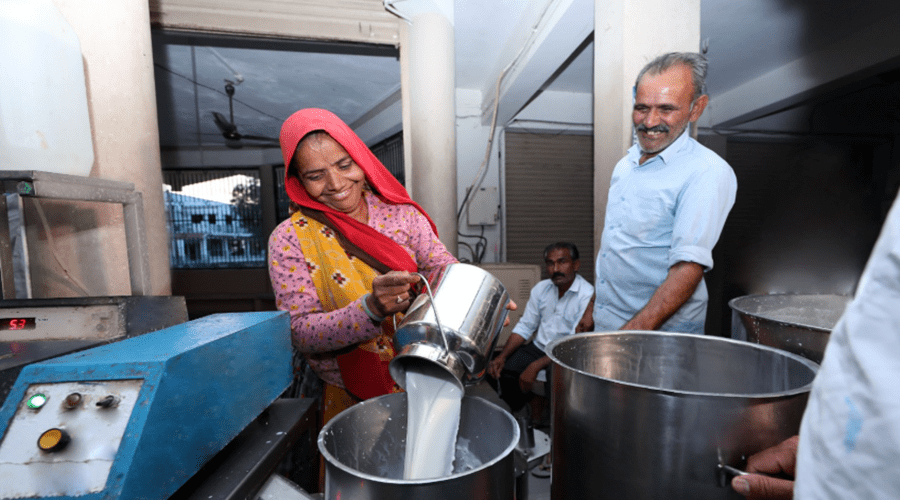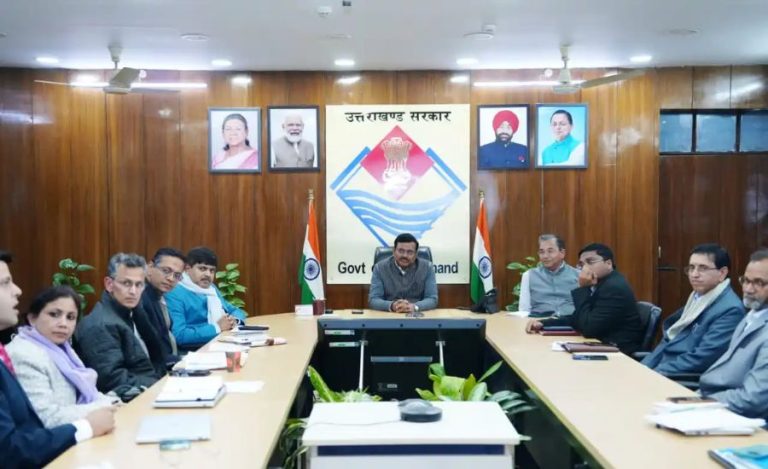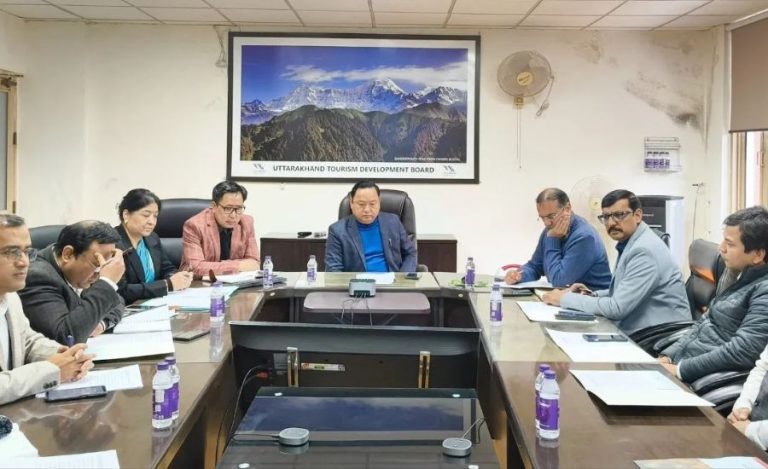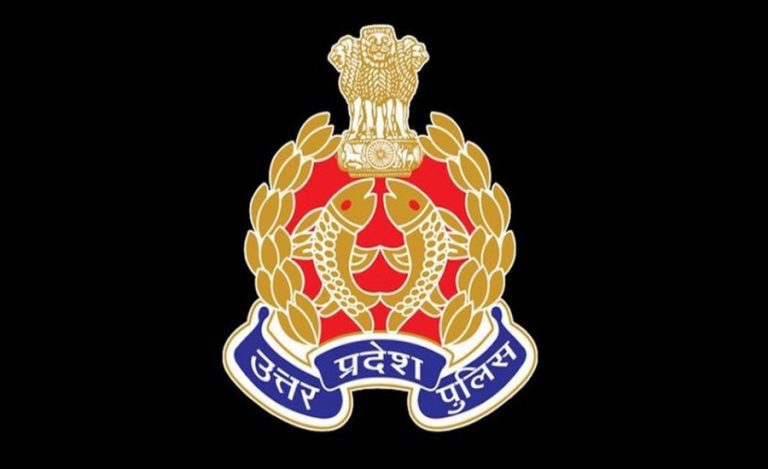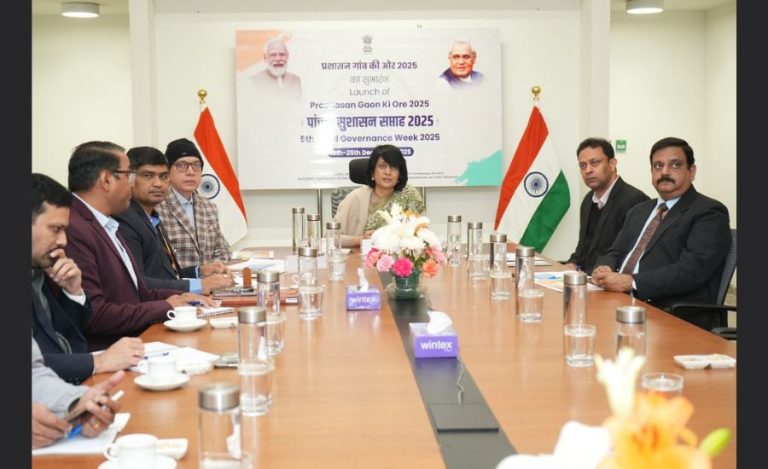Milk procurement in Gujarat has witnessed a fivefold increase, reaching 250 lakh litres per day in 2024–25 from 50 lakh litres per day in 2001–02, Cooperation Minister Mr. Amit Shah informed the Lok Sabha on Tuesday. He said this remarkable growth has not only boosted dairy farmers’ incomes but also reduced post-harvest losses across the state.
Increase in Farmers’ Earnings
Highlighting the economic benefits, Mr. Shah said that the average milk procurement prices paid to farmers have increased by 140 percent in the last 15 years — from Rs. 400/kg fat to Rs. 950/kg fat. This steady rise has significantly improved the earnings of dairy farmers and strengthened the chilling and procurement capacities of milk unions.
Government Support and Infrastructure Development
According to Mr. Shah, several government initiatives have driven this expansion. Schemes like the National Programme for Dairy Development (NPDD), Dairy Processing and Infrastructure Development Fund (DIDF), and Animal Husbandry Infrastructure Development Fund (AHIDF) have supported infrastructure modernization, value addition, breed improvement, fodder development, and capacity building in the dairy sector.
In the past seven years, Gujarat has received Rs. 315 crore as grants under NPDD, against a total project outlay of Rs. 515 crore. This has facilitated the installation of 2,052 bulk milk coolers, 4,309 automatic milk collection systems, and 1,000 milk adulteration detection machines. Additionally, projects under DIDF and AHIDF have strengthened processing plant capacity, introduced UHT lines, and set up milk powder production facilities.
Strong Cooperative Network Led by Amul
As per the National Cooperative Database (NCD), Gujarat has 15,740 functional dairy cooperative societies. The state’s dairy sector is spearheaded by the Gujarat Cooperative Milk Marketing Federation Ltd. (GCMMF), popularly known as Amul, which comprises 18 district unions and over 36 lakh members.
Currently, Amul procures about 250 lakh litres of milk per day from Gujarat through its cooperative network, making the state one of India’s leading milk producers and a model for cooperative-driven growth.

